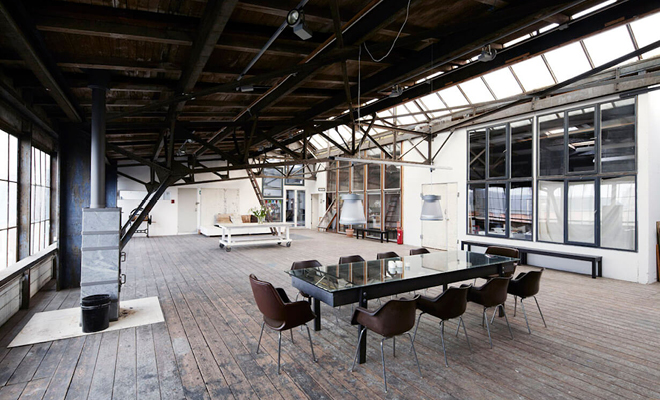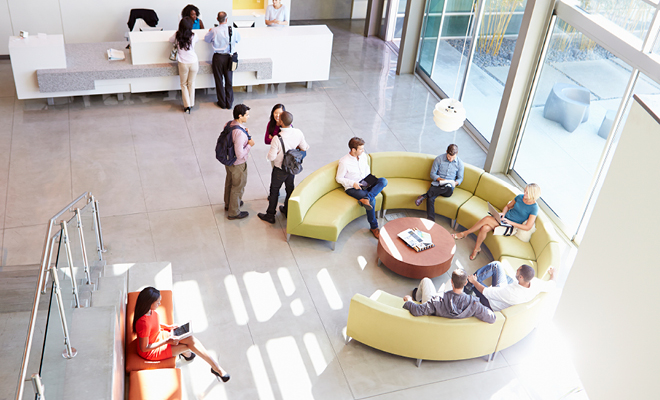Thoughts on the Future of Office Spaces

In 2016, I lived and worked in Copenhagen, Denmark for a creative startup that designed student housing from shipping containers. I worked on an island known as Refshaleøen, which once served as the city’s shipyard in 1871. After operating for over a century, the shipyard became bankrupt in 1996 and all the ship buildings were abandoned. Now, 25 years later, the island is home to Copenhagen’s most creative spaces and restaurants – including the small design loft that I worked in. Our office was nestled atop an old warehouse that was once used to create blueprints for the ships. While we occupied the top loft, other spaces in the building became home to collaborative spaces, banquet halls, fashion design work-spaces, and a rock-climbing gym.
Now, I live in San Francisco in the face of a global pandemic. As big tech companies see the feasibility of remote working, the necessity for a large HQ is being questioned as they move toward the “hub-and-spoke” model. With this, companies can decentralize their workforce from one large office in exchange for smaller, satellite offices linked across multiple locations. Additionally, nascent startups occupying small spaces in large offices are left wondering if a small office is even necessary.

If tech companies decide to ditch their offices, what could this mean for the future of their vacated spaces? Here are some thoughts on how to re-purpose the space:
Creating Co-working Spaces
If enough office spaces are left empty in the same building or floor, it is possible to convert these spaces into communal creative working spaces – just like Refshaleøen. One floor could be reserved for graphic design, another for photography: all to bring people together with similar creative interests. Equipment can be communally used, as well.
Introducing Communal Housing
If entire office buildings are being abandoned, then why not alter the program to accommodate a city’s housing shortage? Because of the large floor plates of office buildings, design alterations could lend the space to large central atriums and communal spaces, with bedrooms and bathrooms running along the perimeters.
Changing the Program
Besides housing, office buildings could be re-imagined for medicine, education, or hospitality. Especially in populated cities where office buildings have proximity to public transportation, accessibility to these new resources can serve as a sustainable solution.
Reclaiming Parking Space
Without an office, there is less demand for parking. As parking lots become vacated, perhaps an option is to take down the building completely and use the footprint as public space. Especially in dense cities where public space has been compromised, reclaiming open space would bring a new sense of community to these populated areas.

Regardless of the reality of remote working, we as designers should take the pandemic as a unique opportunity to evaluate how we can create exciting new opportunities from old spaces.




Leave a Reply